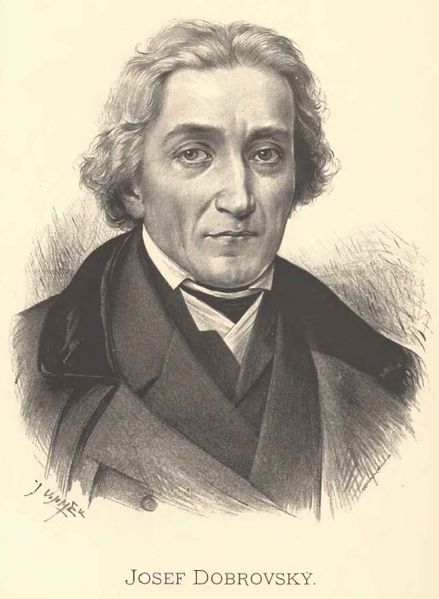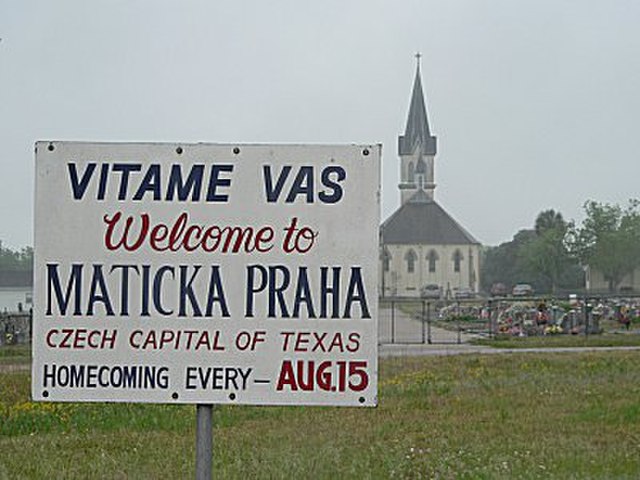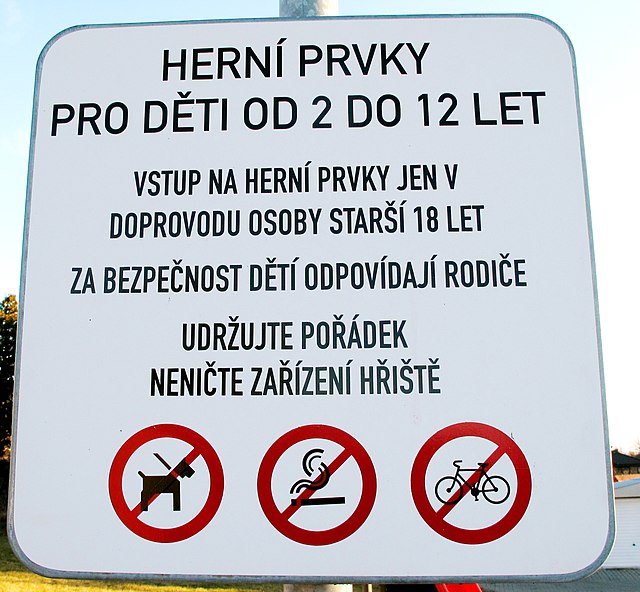Czech Academy of Sciences
The Czech Academy of Sciences was established in 1992 by the Czech National Council as the Czech successor of the former Czechoslovak Academy of Sciences and its tradition goes back to the Royal Bohemian Society of Sciences and the Emperor Franz Joseph Czech Academy for Sciences, Literature and Arts. The academy is the leading non-university public research institution in the Czech Republic. It conducts both fundamental and strategic applied research.
The main building of the Czech Academy of Sciences in Prague
Eva Zažímalová, the president of the Czech Academy of Sciences
A radio telescope of the Astronomical Institute in Ondřejov
Czech, historically also known as Bohemian, is a West Slavic language of the Czech–Slovak group, written in Latin script. Spoken by over 10 million people, it serves as the official language of the Czech Republic. Czech is closely related to Slovak, to the point of high mutual intelligibility, as well as to Polish to a lesser degree. Czech is a fusional language with a rich system of morphology and relatively flexible word order. Its vocabulary has been extensively influenced by Latin and German.
The Bible of Kralice was the first complete translation of the Bible into the Czech language from the original languages. Its six volumes were first published between 1579 and 1593.
Josef Dobrovský, whose writing played a key role in reviving Czech as a written language
Praha, Texas
A Czech-language sign at the entrance to a children's playground







